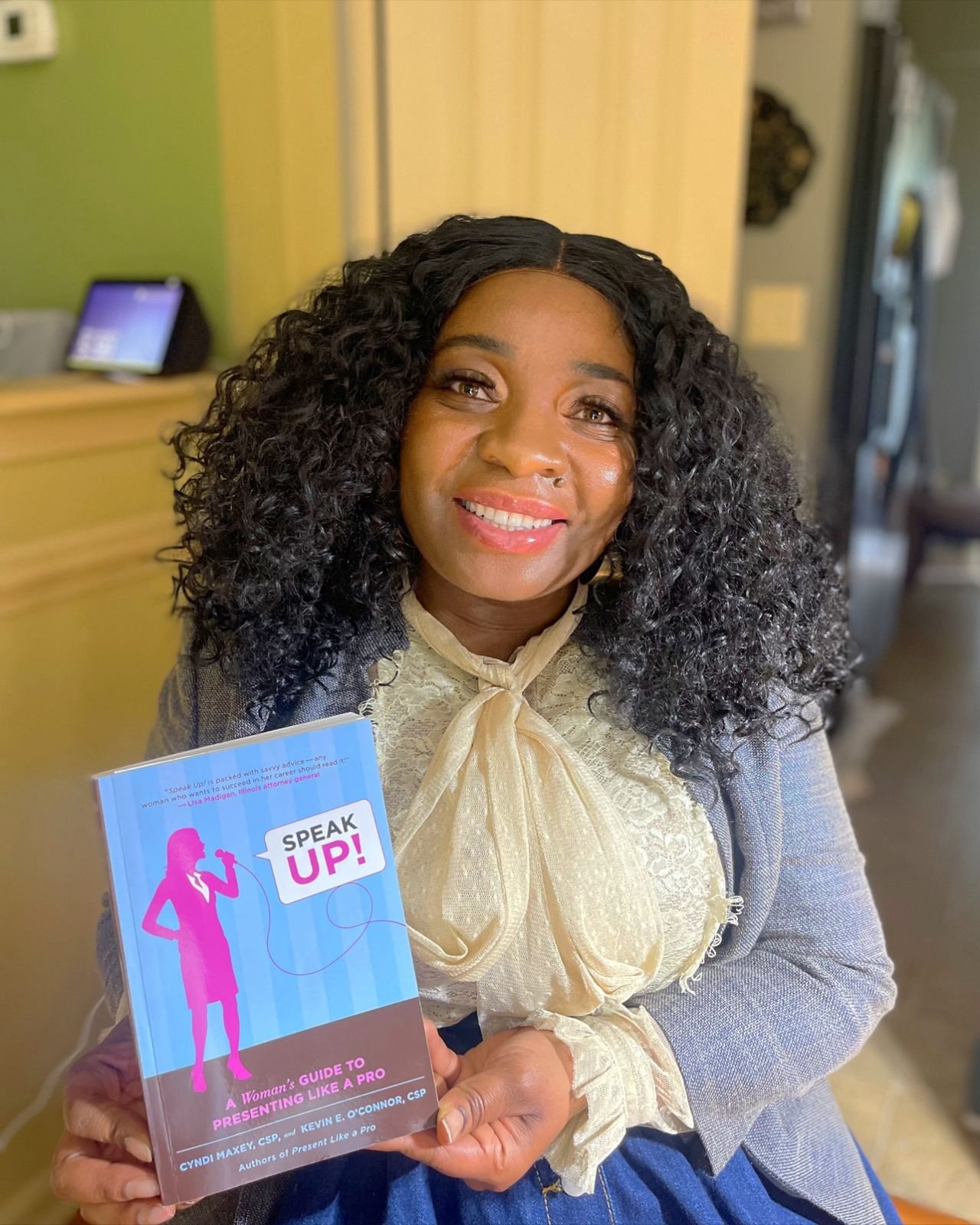Use the nuances of conversation to unveil the KOL’s uniqueness!
1) Pay attention to the smallest most granular detail you can. Consider looking for the unusual, the hunch the KOL played, the emotion you heard in their voice, the almost pastoral understanding and sensitivity they displayed. Play the “dumb nut” and even if you do know a bit about it, let the physician teach you by asking for their insights. Let their expertise overpower the conversation with you listening and asking good questions from your natural curiosity. It may be moment or a minute or more…this gives you a deeper understanding of how this KOL thinks. An additional win is that the KOL gets to speak to what is most important to them. Do this and you will be vastly more distinctive than anyone else the KOL meets that day.
2) Ask if they will give you a summary of the rounds they just completed or of the patients they encountered that day. Empathize whenever possible by hearing any of these emotions: sad, mad, glad, scared, hurt, excited. A physical therapist we knew on one of her first days was told to get a patient of bed to start walking. She did and he dropped dead on the floor. Devastated she withdrew to the locker room in tears… and then received a call from the patient’s physician. “This was not your fault; you did nothing wrong. I’m happy to talk to you when we figure this out, but I know one thing, this was not your fault.” Imagine hearing that story from a KOL. Likely the emotion fills the room. My question would be, “How did you know how to do that? They can’t possibly have told you that in medical school.” What the KOL says next will be gold so listen very carefully. W.A.I.T. (why and I talking?) and when you hear or see gold, the famous Chicago psychiatrist Dr. Rudolf Dreikurs advised, “Dig!”
3) Ask them about their biggest challenge practicing medicine today. You may feel you know this answer to this question already and don’t want to prompt a tough subject for which you can’t control (like the price of drugs or your drug specifically), but you may be surprised by how much they appreciate this question. While my experience says the challenge will not be about my product, be ready for the tough objection in case it is. If you receive a superficial answer, probe deeper to unveil the real challenge. Listen closely to their response as that may be the key to understanding their uniqueness and an opportunity to provide value in the future.
One aspect of art of being an MSL is fluidly navigating conversations to expose information that makes your KOL unique. Once you have these insights, how can you provide the most value for the KOL and their patients?

